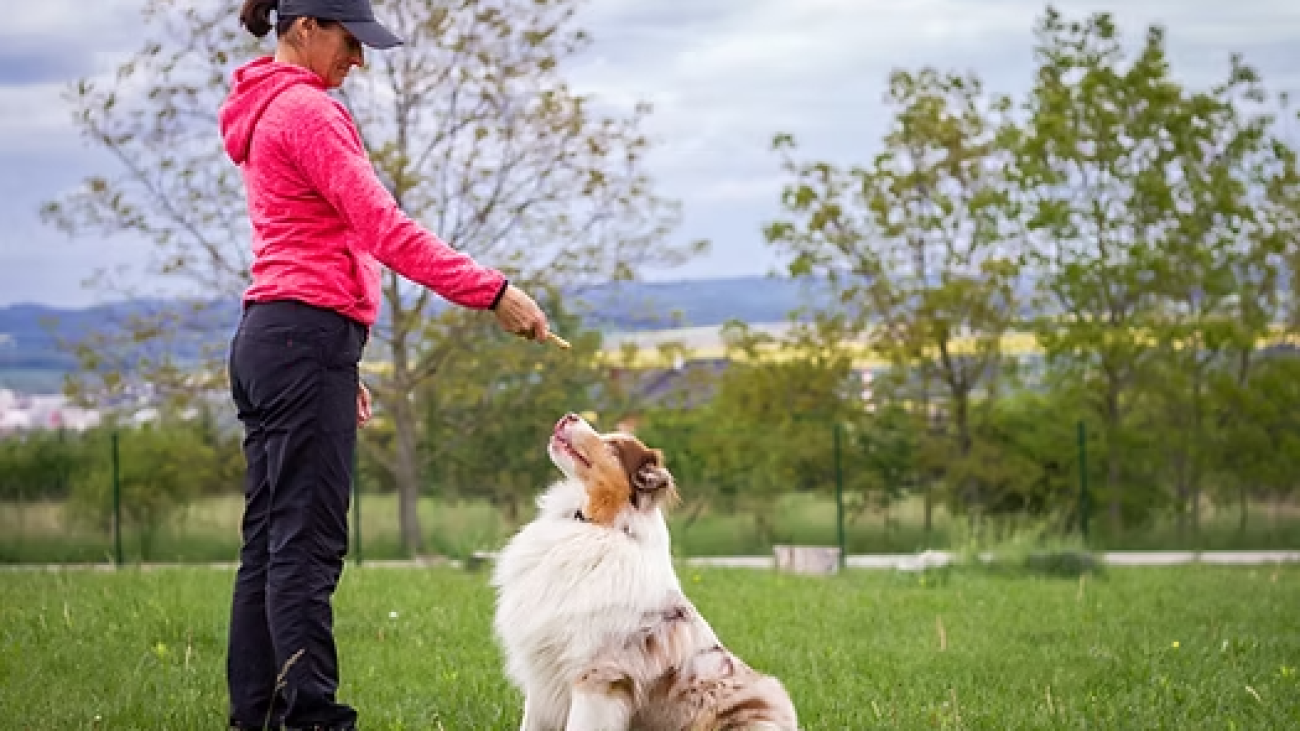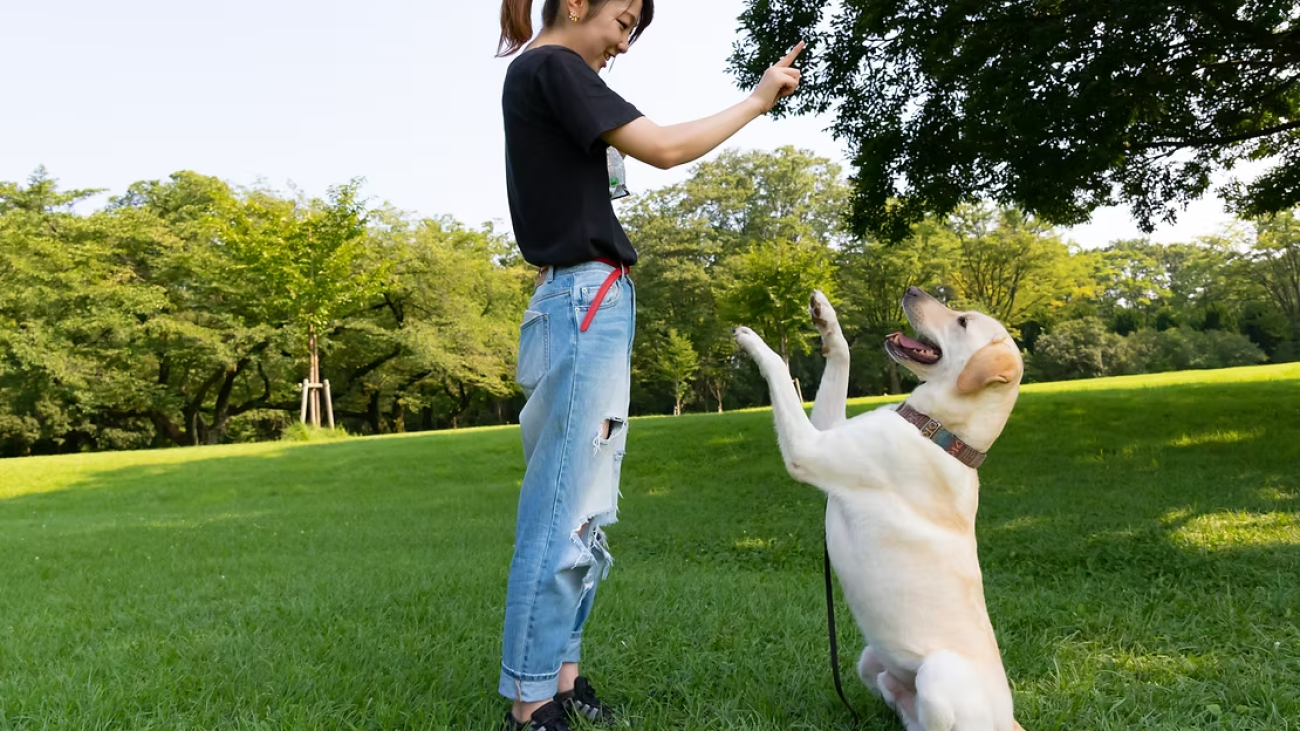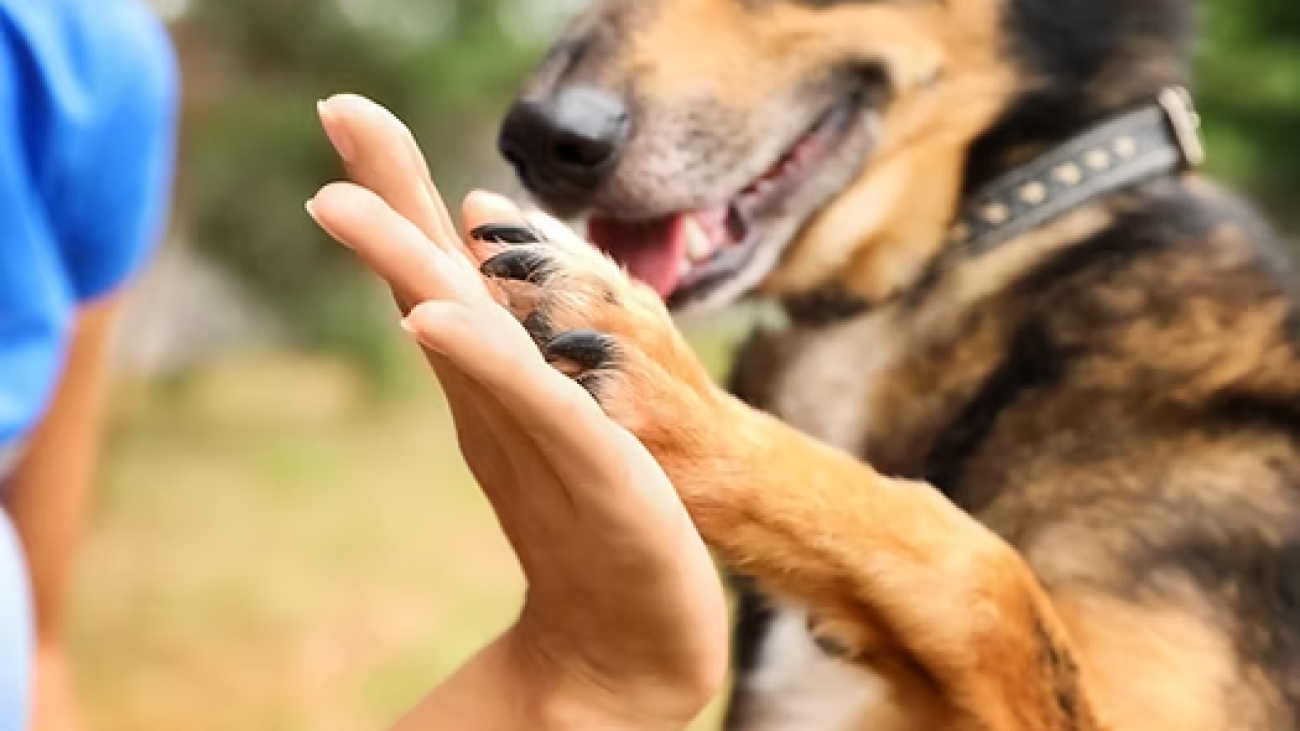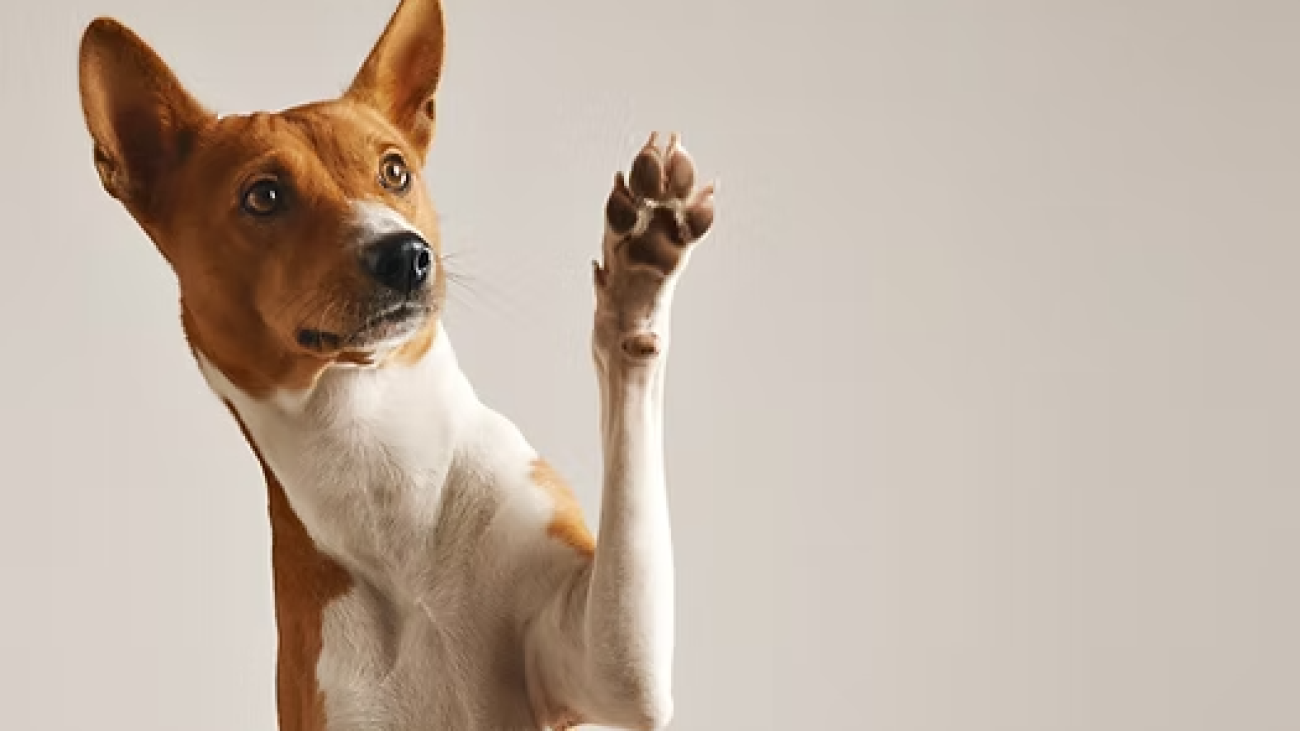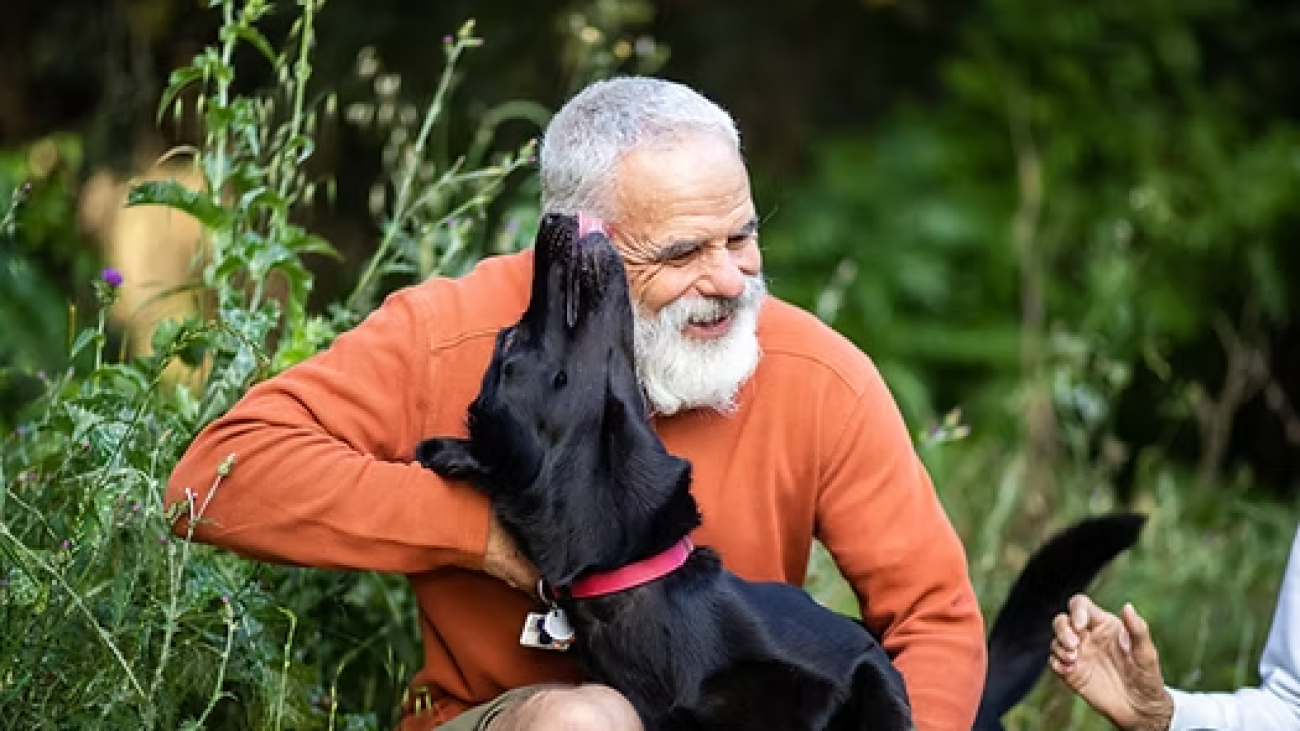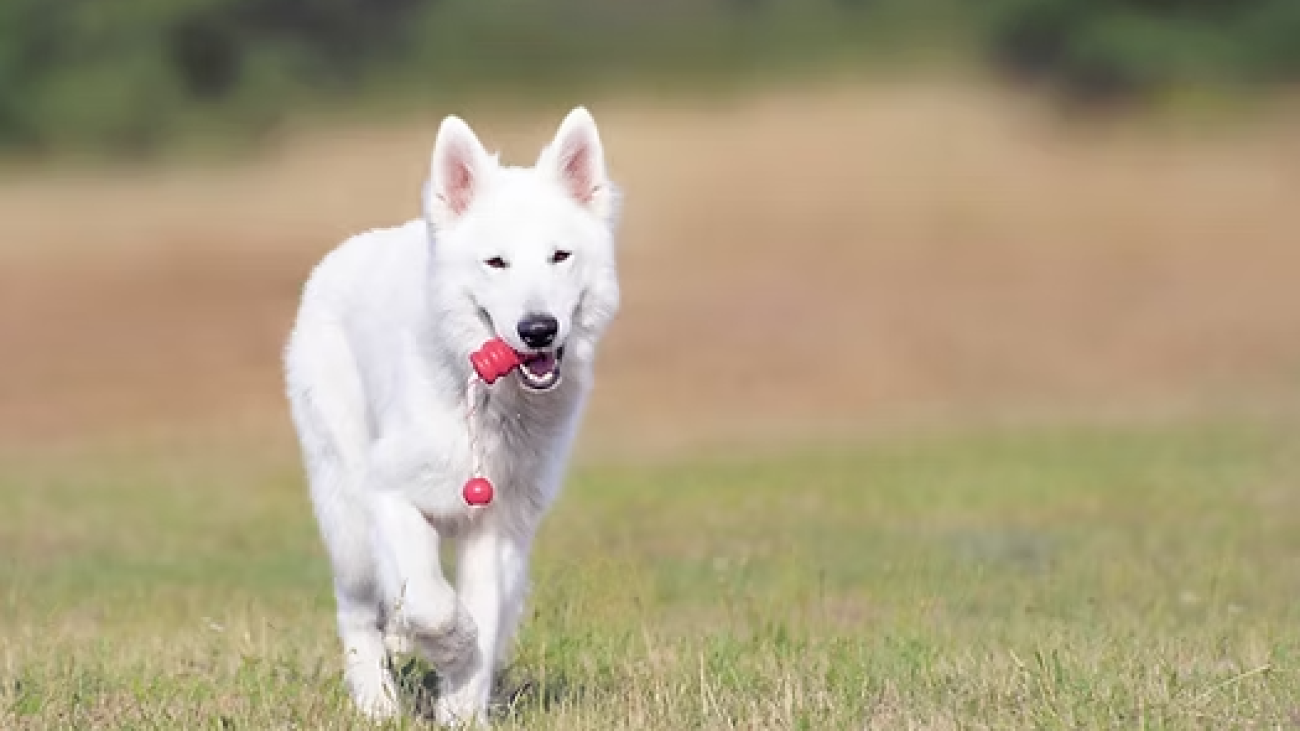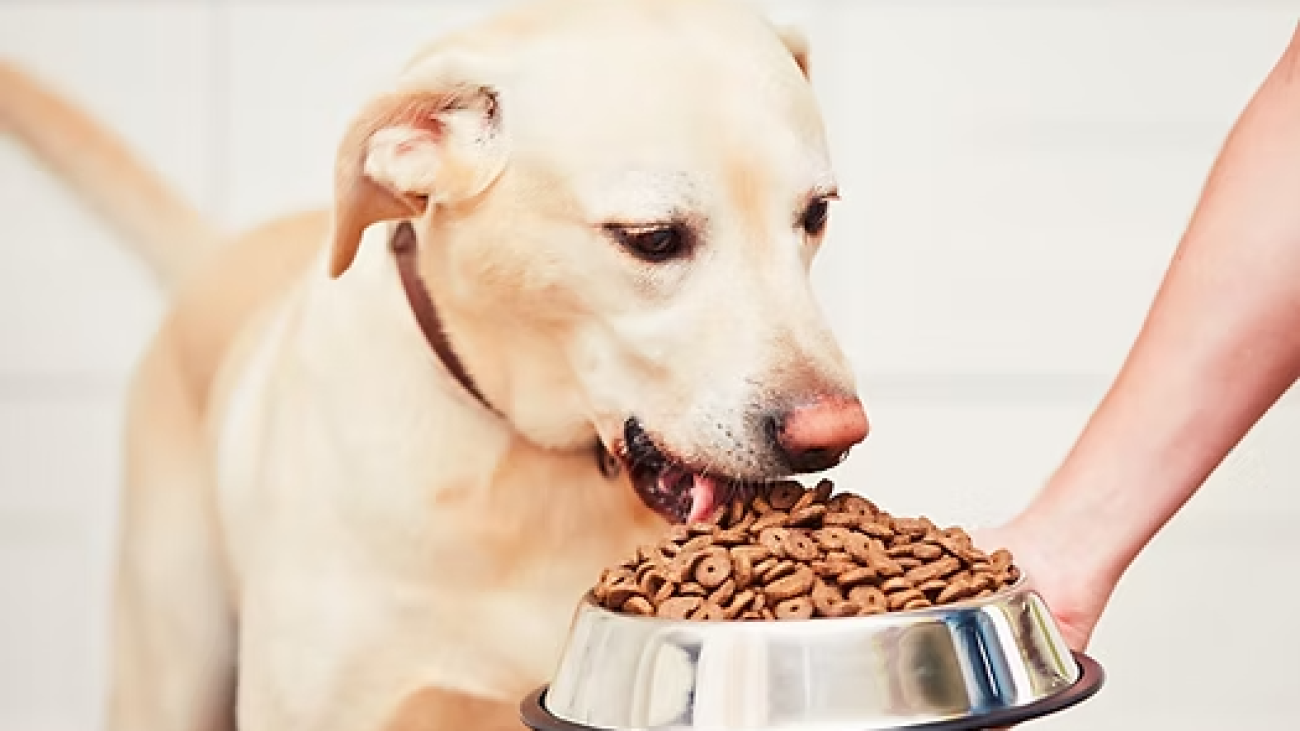So, you went to the shelter and said, “Yes, I’d like to adopt a hellhound. That’s right. One hound from hell, please. The more aggressive, the better. Bonus points if it has extreme ADHD and snarls at complete strangers.”
Okay, maybe you didn’t say that. And maybe your dog isn’t that hostile and out of control. But certainly, there’s a little room for improvement.
If you’re feeling fed up, frustrated, and befuddled over why your dog won’t listen, maybe it’s time to learn how to communicate. Hiring a dog trainer may sound like a last resort, but why suffer
Get ahead of unwanted behaviors by being proactive and starting early. Your mildly misbehaving pup isn’t really a bad dog… but with the right training, your little fur baby has serious potential to be the best dog ever.
How Early Should Dogs Be Trained?
New puppies are usually adopted out by about eight weeks, and basic “how to be a dog” training should start on day one. No one said you need to be a hard-ass drill instructor, but yes-right-now is the perfect time to start reinforcing the essentials.
After all, the honeymoon is going to be over the first time your cuddly ball of fur pops a squat on the living room floor. Potty training your new dog will become your top priority.
Now is also the perfect time to teach your dog its new name, make introductions to family and friends, and prevent unwanted behaviors before they have a chance to become a habit.
Private training is an excellent way to get a jump start on your pup’s training before they are vaccinated. A private trainer can make an effective plan to make potty training a breeze, reduce the frustration of the puppy biting phase, and establish good habits from the very start. They can even help you get set up and prepared before your pup comes home!
Once your pup has gotten their vaccines, the next best thing to do is attend a group class. These are the most formative months of your dog’s life. What your puppy learns now will determine how optimistic and resilient your dog will be as an adult. Socialization is key! A group class can help your pup with controlled positive exposure to a variety of things they may encounter in their adult life such as other dogs, people, and novel sights, sounds, sensations, and smells. A well-run puppy kindergarten is going to focus on helping your pup interact confidently in the world rather than focusing on obedience cues. We can teach obedience for the rest of your dog’s life, but we only have this small window for socialization.
Adolescents... Set Them Up For Lifelong Success
Ah…just as your pup seems to be getting their shit together and the baby shark phase starts to dissipate, they hit puberty. And just like human teens, they start to explore their independence and make decisions on their own. They are usually bad decisions, at least in our eyes.
If you’ve been ultra-diligent with your puppy training, this is a great time to teach your dog useful obedience skills and practice reinforcing the behaviors you want around higher levels of distraction. Continuing to attend group classes is a great way to advance your dog’s skills and help form them into the well-rounded companion you dreamed of. You don’t have to stop with just obedience classes either. There are a variety of group classes to choose from such as scent work, cooperative care, tricks, and pack walks.
If you got your dog as an adolescent, you slacked off during puppyhood, or you just happened to get a particularly anxious pup, you might start to run into some more concerning problems. This can range anywhere from counter surfing and jumping on guests, to more serious things like resource guarding or leash reactivity. The more frequently your dog gets to practice these things, the more habitual they become, and the harder it is to replace them with a better habit. It’s best to get the assistance of a private trainer to help you get ahead of these developing behaviors in the most efficient and effective way. They will come up with a management and training plan specific to your dog, your family, and your daily environment.
Maybe you really did adopt a hellhound?
You didn’t really know what you were getting into, but you love your dog as if they were your child and you will not give up on them. You might be worried that your dog is going to hurt someone or they are going to get themselves hurt. You find your world getting progressively smaller; no more mountain hikes in fear of running into an off-leash dog, no more friends and family over to the house-everybody hates the barking, no more vacations because nobody can safely watch your dog… Your dog is completely out of control, and you feel that vibe too. Neither of you are feeling very safe or stable right now. The alarm bells should be ringing!!! It’s time to hire a qualified professional.
Dog Trainers Train People?
Abso-freakin-lutely. They’re training you to train your dog. After all, your trainer only has an influence on your dog while they are with you for the lesson. You, on the other hand, your dog has to live with you for the rest of their life. You play a very important role in your dog’s training success. You don’t have to learn to be a professional dog trainer but there are a few things you really should know if you are going to be the best pet parent you can be.
One of the most important things a trainer will teach you is how to read dog body language. Your dog is talking to you. All the time. If you can understand what they are saying, half of the communication problem is solved! You’ll learn how a dog’s carriage, tail, mouth, and ears can tell you exactly what they’re thinking without so much as a word. You don’t have to be a mystical “dog whisperer”, you just have to learn to listen with your eyes instead of your ears.
Another important thing a trainer will teach you is the physical mechanics of dog training. Understanding what your dog is saying is half of the communication struggle. The other half is learning how to communicate back to your dog in a way that makes the most sense for them. A trainer will teach you how your body language affects your dog, the appropriate timing and delivery of reinforcers, and how to comfortably handle training tools such as leashes/long lines, treats, clickers, etc.
Take full advantage of Q&A time during each session to ask if you’re ever unsure. Your trainer is there to help, and a good trainer will be open to giving plenty of useful advice to reinforce the lesson of the day.
How to Choose a Dog Trainer Yes, there are good trainers and not-so-good trainers. Unfortunately, it’s an unregulated industry, so the barriers to entry are low and any geek off the streets can print a few business cards.
While education isn’t mandatory, the best trainers will have gone through a formal dog training program. Ask how and where they became certified dog trainers. They’ll be proud to show off their knowledge and pro cred.
Look for a dog trainer who identifies as positive, fear-free, or force-free. Effective dog training is not about punishment, and aversive training techniques get the opposite of what you want. Which is a loving, healthy, happy home for you and your dog, right?
Finally, you want to make sure your trainer is cool as hell. Seriously. Someone patient, encouraging, and just chill is key. After all – they’re not really training your dog. They’re training you to train your dog. You wanna like them.
If you’re thinking it’s time to call in the help of a trainer, get in touch! I’d love to talk about how training could help improve day-to-day life with your dog.
Schedule a discovery call with me through the link below:
https://link.digiwoof.com/widget/form/Vg1ZJ5MfgvX64TnfdvFT

